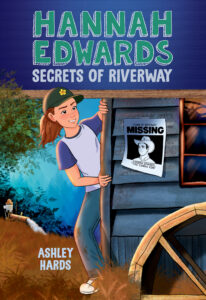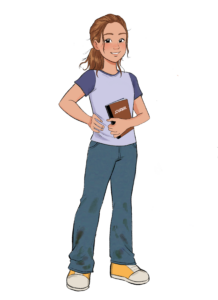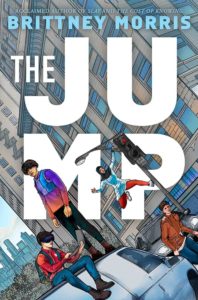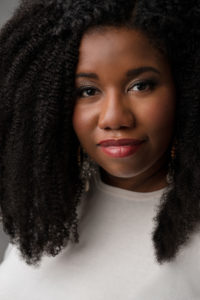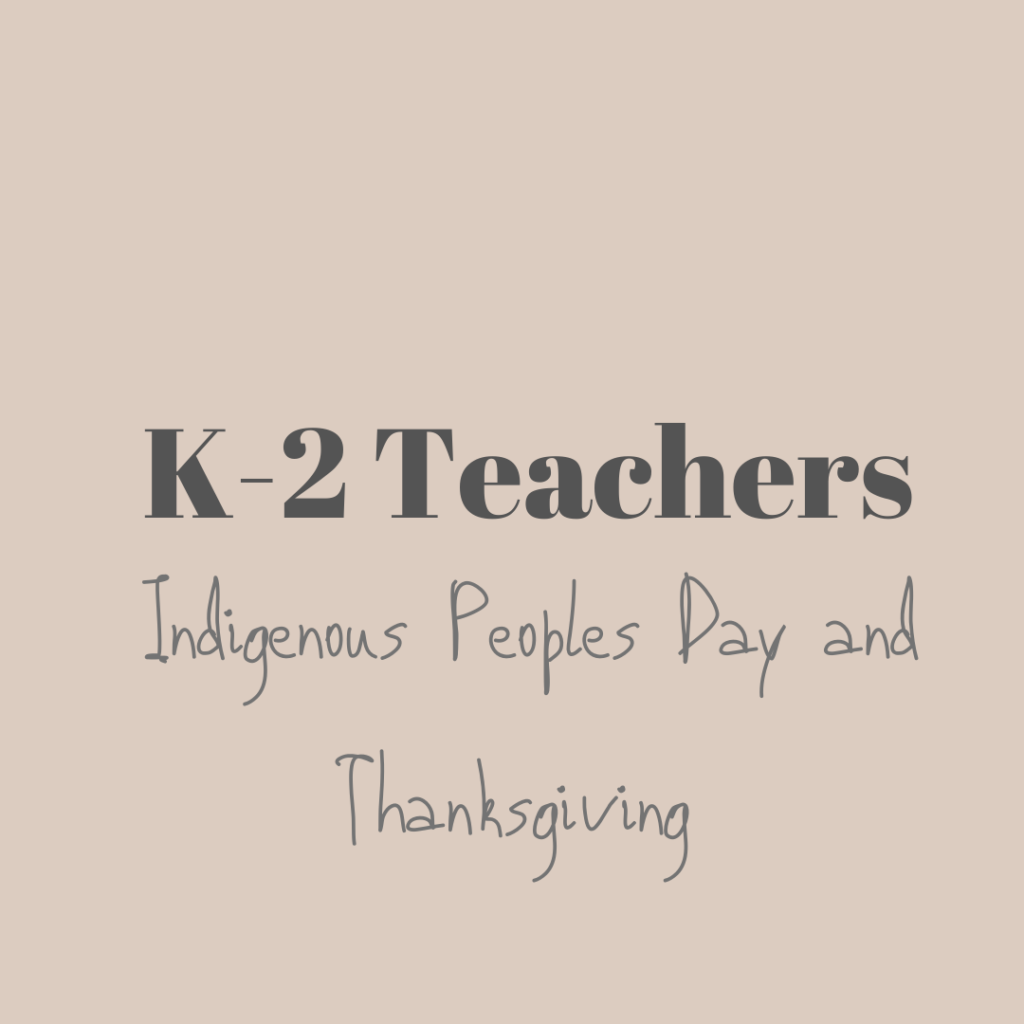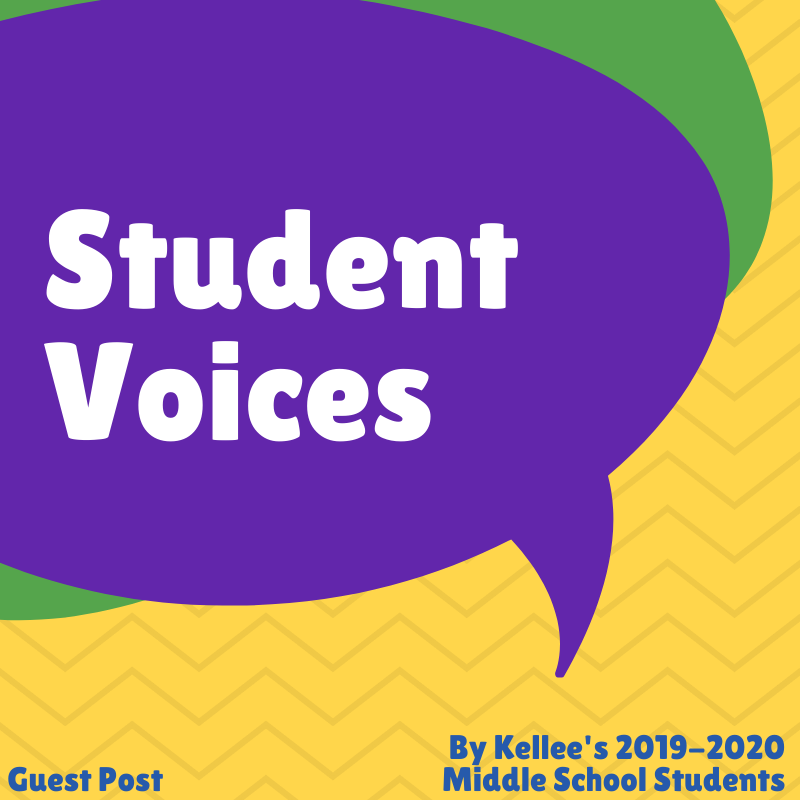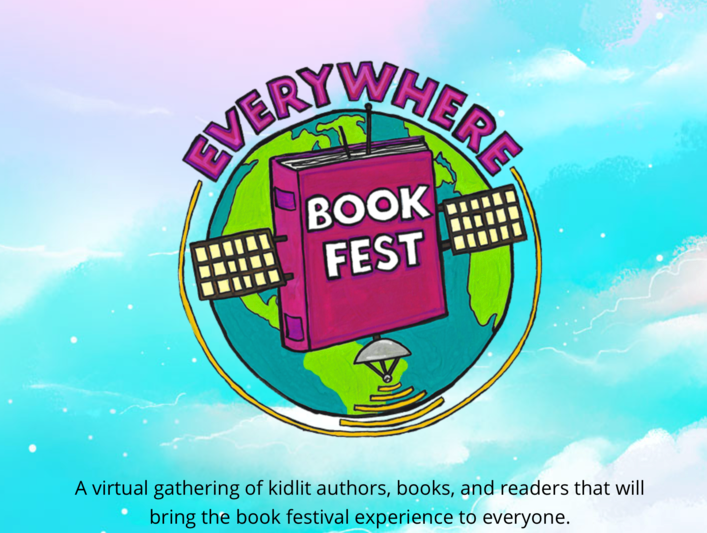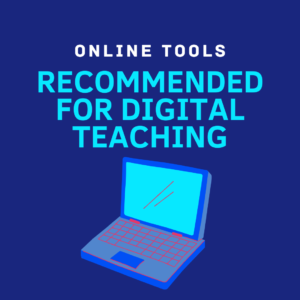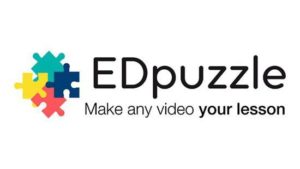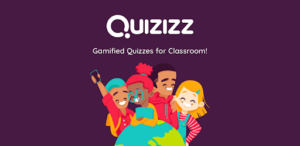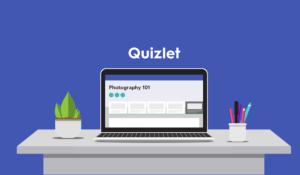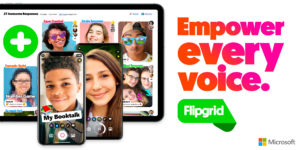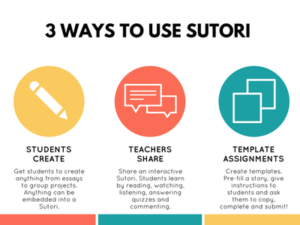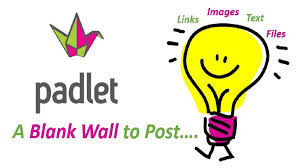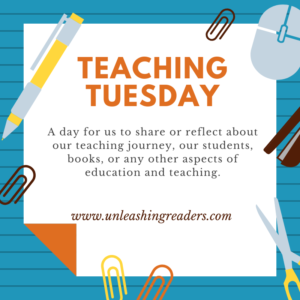“Increasing Cultural Intelligence through Travel and Books”
Most middle schoolers can’t find countries on a map. According to the Nation’s Report Card, American students lack a strong foundation in geography and global awareness. I’m on a mission to change that with THE PASSPORT PROJECT—one classroom at a time.
But first, the back story.
In 2013, my husband, two middle-school daughters, and I packed one suitcase each and embarked on a DIY journey around the world.
Some friends and family questioned our sanity. They described our five-month global ed-venture with words like “bold,” “crazy,” and “mid-life crisis.”
Others questioned our parenting—especially our decision to withdraw our daughters (Delaney, 14, and Riley, 12) from a highly-ranked middle school to world school.
I, however, ascribe to Mark Twain’s educational philosophy of “Never let schooling get in the way of an education.” So we traded middle school for a first-class education from economy seats.
As we traveled across Europe, Asia, and Oceania, we learned priceless life lessons. Some were humiliating—like surviving public nudity; some were valuable—like learning to outsmart scam artists; others were terrifying—like being detained in a communist country.
During the Covid lockdown and world meltdown of 2020, I felt called to share the lessons from our extraordinary journey.
Enter THE PASSPORT PROJECT: TWO SISTERS DITCH MIDDLE SCHOOL FOR A LIFE-CHANGING JOURNEY AROUND THE WORLD.
This one-of-a-kind travel memoir has now made its way into middle-school classrooms across the country. THE PASSPORT PROJECT was named to the California, Indiana, and Mississippi state reading lists for middle school in 2024.
THE PASSPORT PROJECT is ideal for educators who want to explore methods for bridging literacy between RLA/ELA and Social Studies. As students follow the sisters around the world, they aren’t just reading about World History, Humanities, and Geography, they are relating to it. And loving it.
THE PASSPORT PROJECT aligns beautifully with the National Council for Social Studies’ themes of:
- Culture
- Time, Continuity & Change
- People, Places & Environments
- Individual Development & Identity
- Power, Authority & Governance
- Global Connections
The 29-page Educator’s Guide includes standards-aligned activities in ELA, Social Studies, and Math, making it easy to create a cohesive learning experience that enriches students’ understanding of the world.
While many schools have incorporated this ed-venture into the Social Studies curriculum, others have taken a broader approach. These schools have selected THE PASSPORT PROJECT as their all-school or all-grade read. The most recent ones include a public school in Massachusetts and a Jewish school in Maryland.
Why?
Because as Mark Twain said, “Travel is fatal to prejudice, bigotry and narrow-mindedness, and many of our people need it…”
The lessons from THE PASSPORT PROJECT are far more important than finding places on a map or learning to convert currency. The most important lessons are about making cross-cultural connections and embracing cultural differences—creating a more inclusive school, community, and society.
Will you join me in broadening students’ worldviews by bringing the world to your classroom?
View all Educator Resources: https://4wornpassports.com/educator-resources-passport-project/
Published March 11th, 2022
About the Book: “THANKS FOR RUINING MY LIFE!”
Delaney McIntyre’s eighth-grade dreams crumble when her parents announce their “five-month family field trip.” And despite her begging, bawling, and silent treatment, Delaney can’t derail their obvious midlife crisis.
Seventh-grade Riley McIntyre is thrilled to ditch middle school for world school. The late bloomer dreams of bungee jumping in New Zealand and completing the Riley Reinvention Project during this global adventure.
Each day is a real-life social studies class where the sisters must navigate new countries, cultures, and religions—while also navigating adolescence.
But when a flight mistake leads to the family’s detainment in a communist country, the sisters face the ultimate challenge. Will they fail the assignment? Or will they find their way home?
About the Author: Kellie McIntyre is an author, speaker, and traveler. Her quest for culture and adventure has taken her to over 50 countries across seven continents. Sharing her family’s personal experiences, Kellie speaks to groups and schools about the impact of experiential travel on cultural intelligence (CQ).
Kellie holds a BA from Western Kentucky University and a Master of Public Health from the University of Alabama at Birmingham, but her worn passport has provided her most valuable education.
Kellie splits her time between the hills of Alabama and the nooks-and-crannies of the world.
Connect with Kellie at: 4WornPassports.com
IG and FB: @4WornPassports
Linked In: @KellieFMcIntyre
Thank you, Kellie, for sharing this unique educational opportunity!




